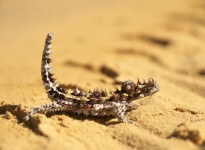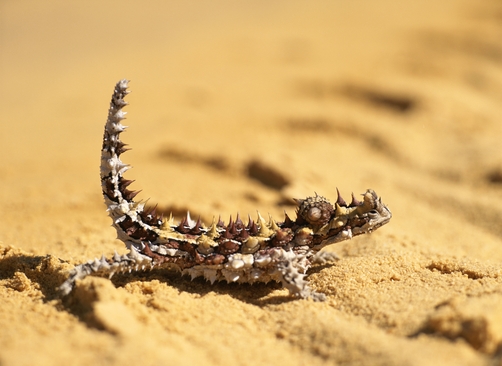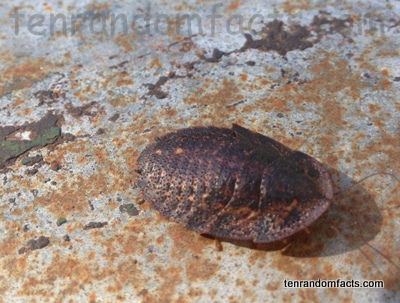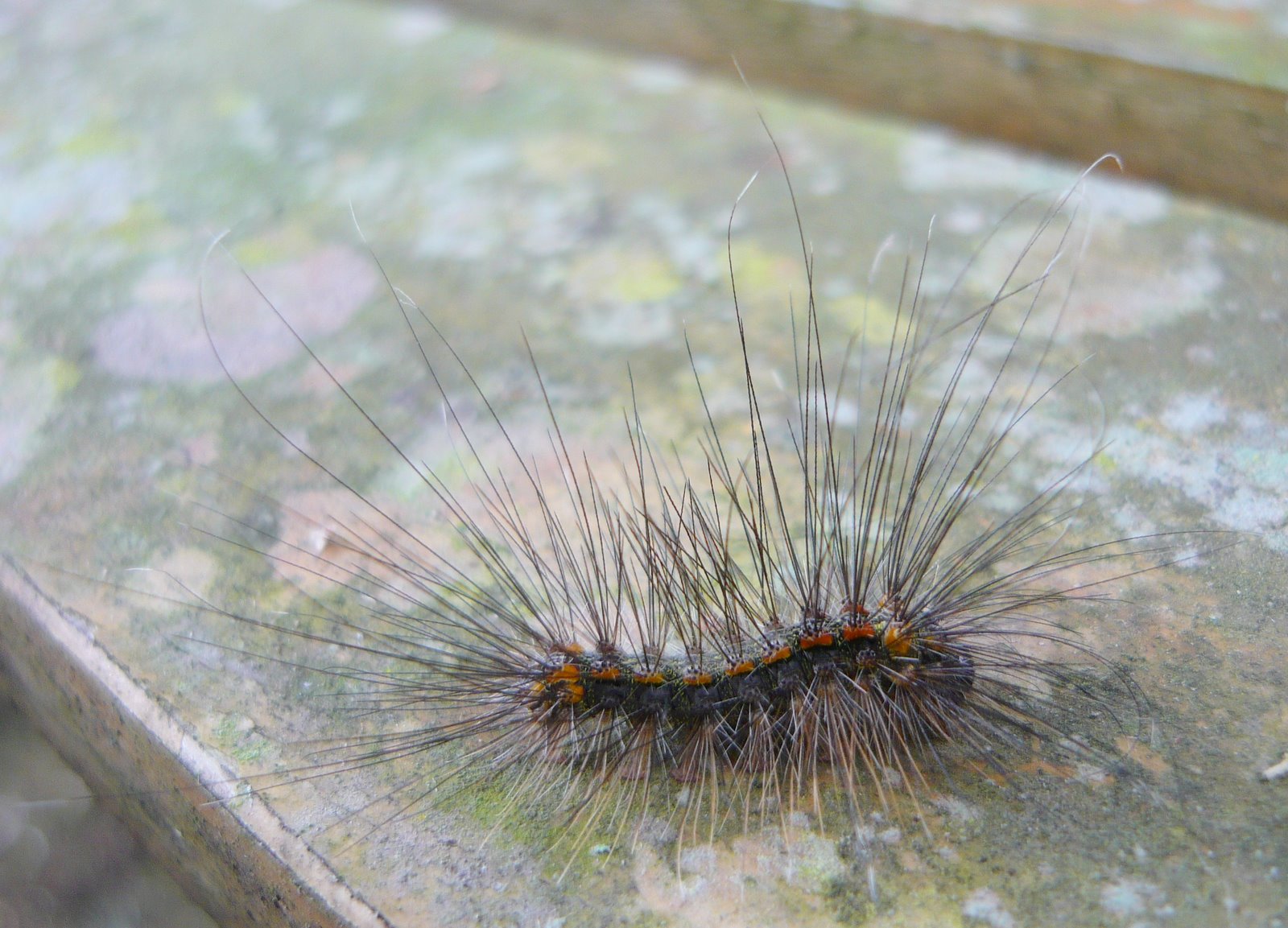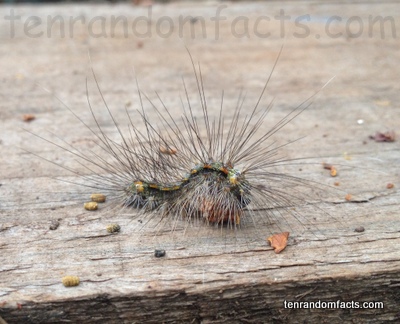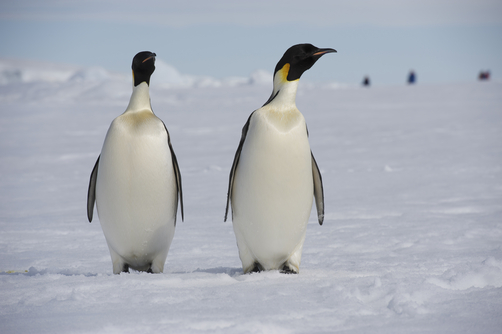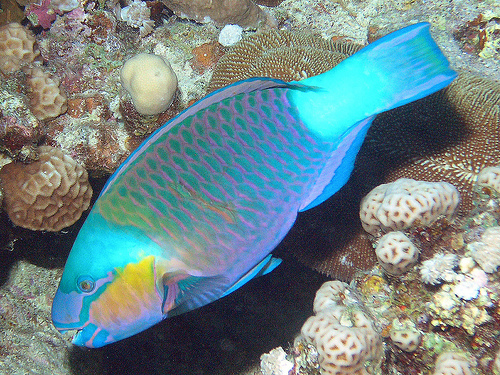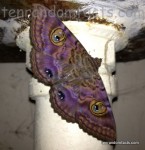
Do not be fooled by a granny’s cloak moth.
- The scientific name for a granny’s cloak moth is Speiredonia spectans, and they are from the family Noctuidae, the family of owlet moths.
- Granny’s cloak moths are native to Australia, typically found in the north eastern areas, but some have been randomly seen in New Zealand and Norfolk Island.
- Granny’s cloak moth caterpillars have long, flat bodies that have brown coats spotted with spots that are black or black and white.
- Granny’s cloak moths can generally be found in dark habitats, including caves, and also in or near human settlements.
- Adult Granny’s cloak moths appear to have brown coloured wings with scalloped edges, with eye spots on each wing and streaks of dark colours, however, in the right lighting situation (especially with flash photography), purple coloured wings are visible.
- The wingspan of a Granny’s cloak moth can be up to 7 to 7.5 centimetre (2.8 to 3 inches).
- Granny’s cloak moths can appear in an eclipse (group of moths) of twelve or more, commonly grouping by the particular plant the bug hatched on.
- Granny’s cloak moths’ diet mainly consists of plants from the family Acacia, the family of wattles.
- Granny’s cloak moths are generally active during the night, when their main natural predators, the birds, are asleep, although bats pose a threat.
- Granny’s cloak moths have super sensitive ears, and can pick up the echolocation calls from some species of bats, who are their predators, and in response, they can dart around to avoid being the bats’ next meal.
Bibliography:
Granny’s Cloak Moth – Speiredonia Spectans, 2011, Brisbane Insects, http://www.brisbaneinsects.com/brisbane_owlmoths/CloakMoth.htm
Herbison-Evans D, Crossley S & Shaw P, Speiredonia spectans (Guenée, 1852), 2013, Butterfly House, http://lepidoptera.butterflyhouse.com.au/cato/spectan.html






